Home » Gear Reviews » Hiking & Camping » Snowshoes » Atlas Spindrift
Atlas Spindrift Review
December 11, 2017







 85
85 The Good
- Lightweight
- Allows natural stride
- Affordable
- Good traction on hard snow and ice
The Bad
- Modest flotation
- Foot can slip in binding
- Binding can be difficult to tighten
- Durability is a concern
The Atlas Spindrifts excel when used for fast and light excursions into the snow. The snowshoes provided great traction on all surfaces, and proved light enough for fast ascents of steep slopes without overtiring the climber. They pack flat and out of the way when not needed (for instance, during downhill runs on a snowboard). The Spindrifts did leave us sinking knee-deep in powder at times, however, and the bindings weren’t the most effective system of this class.
Ease of Use
Atlas mounted a simple, but relatively easy-to-use binding onto the Spindrift. The attachment system utilizes a single urethane strap that weaves a Z-pattern across the top of the forefoot, and clips snug on a simple pin-and-hole buckle. This works well initially, but we found the pivot loops on the system could clog with snow and ice, making it difficult later in the day to re-tighten the strap if it was loosened or removed. The strap has to be hand-worked through the loops at times to ensure a snug fit, which required removing gloves at least half the time we tested the shoes.
The heel lift bar used for climbing assistance proved remarkably effective though. Not only could it be lifted and lowered with a quick flick of a pole, but it was positioned directly over the frame’s center cross brace. That meant all our heel weight/pressure was transferred directly to that serrated traction bar – we had no issues of slippage during climbs on even the steepest, crustiest slopes.
Binding Support/Effectiveness
The Atlas’ Packflat binding features a urethane strap that weaves across the forefoot, providing a single-pull system to secure the snowshoe onto your foot. We found the binding easy to attach and tighten during initial operation, but when we had to take the snowshoes off, or loosen them, we found the various buckles and slides could be clogged by frozen slush and snow, making it difficult to cinch them securely again.
The bindings do lay flat when you have to pack the snowshoes – which proved popular with our backcountry boarders, as the Spindrifts took up less space on their packs than any other snowshoe we tested.
Traversing, Ice, Technical Conditions
The front third of the Spindrift sports a classic tubular aluminum frame that helps slide the shoe forward over the snow without catching or snagging. The back section features a blade-style frame – a vertical aluminum bar with a serrated bottom edge for solid traction. This blend of frame elements takes advantage of the best of both designs for good forward mobility with exceptional traction.
The traction on ice and crusty conditions was enhanced by the serrated frame crossbar directly under the heel elevator and a set of stainless steel crampon teeth under the forefoot and toes. Combined, these elements kept us upright and slip-free on icy lakes and wind-hardened mountain tops in the South Cascades of Washington.
Natural Stride
The extreme taper of the Spindrift – the sides cut sharply back to a pointed tail – ensured an easy, natural stride is maintained. That’s vital for snowshoe runs and fast packers, but it’s also beneficial to general snowshoe trekkers, too. We found we almost forgot the snowshoes were on our feet since we enjoyed such a natural gait as we hiked.
Powder Flotation
The downside of the sharp taper that aided our stride is a loss of flotation. The Spindrifts is definitely designed for fast outings in the snow, which minimizes flotation. The decks lacked the surface area needed for good flotation in moderately light snow, let alone deep powder. At times, I found myself wallowing almost up to my knees in the white stuff while breaking trail in Idaho.
Dan Nelson
- Managing Editor & Fly Fishing EditorDan Nelson is GearInstitute.com's Managing Editor & fly fishing editor. He is based in the Pacific Northwest.










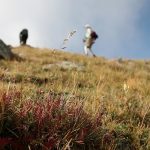
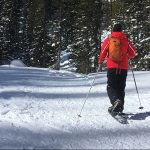
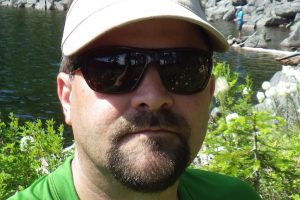

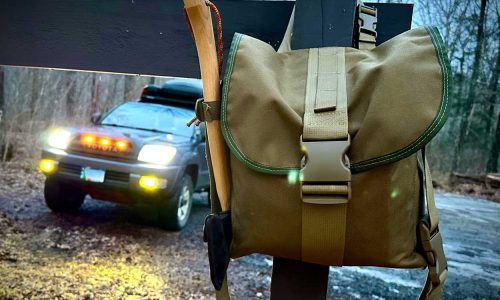
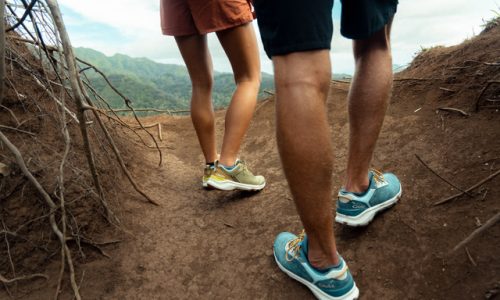
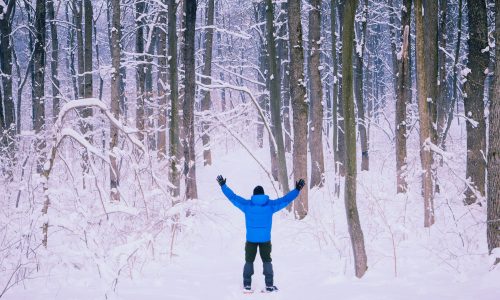
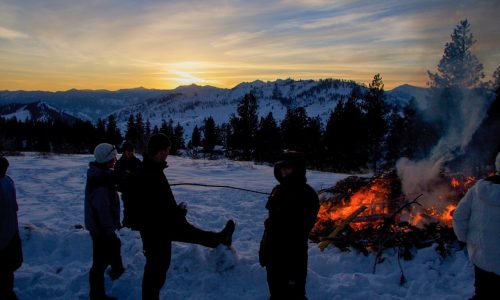

No reviews have been posted for this product.
Use this gear?
Join Gear Nation and leave a review!
Create an Account